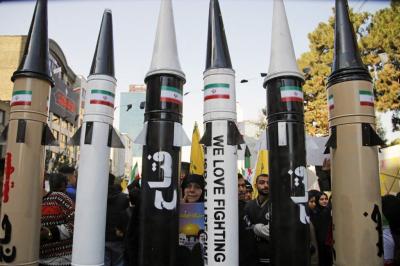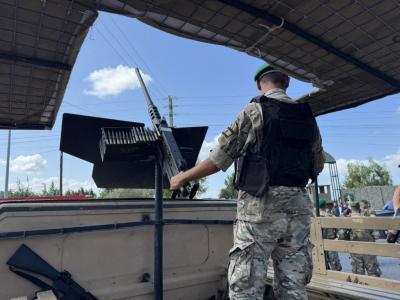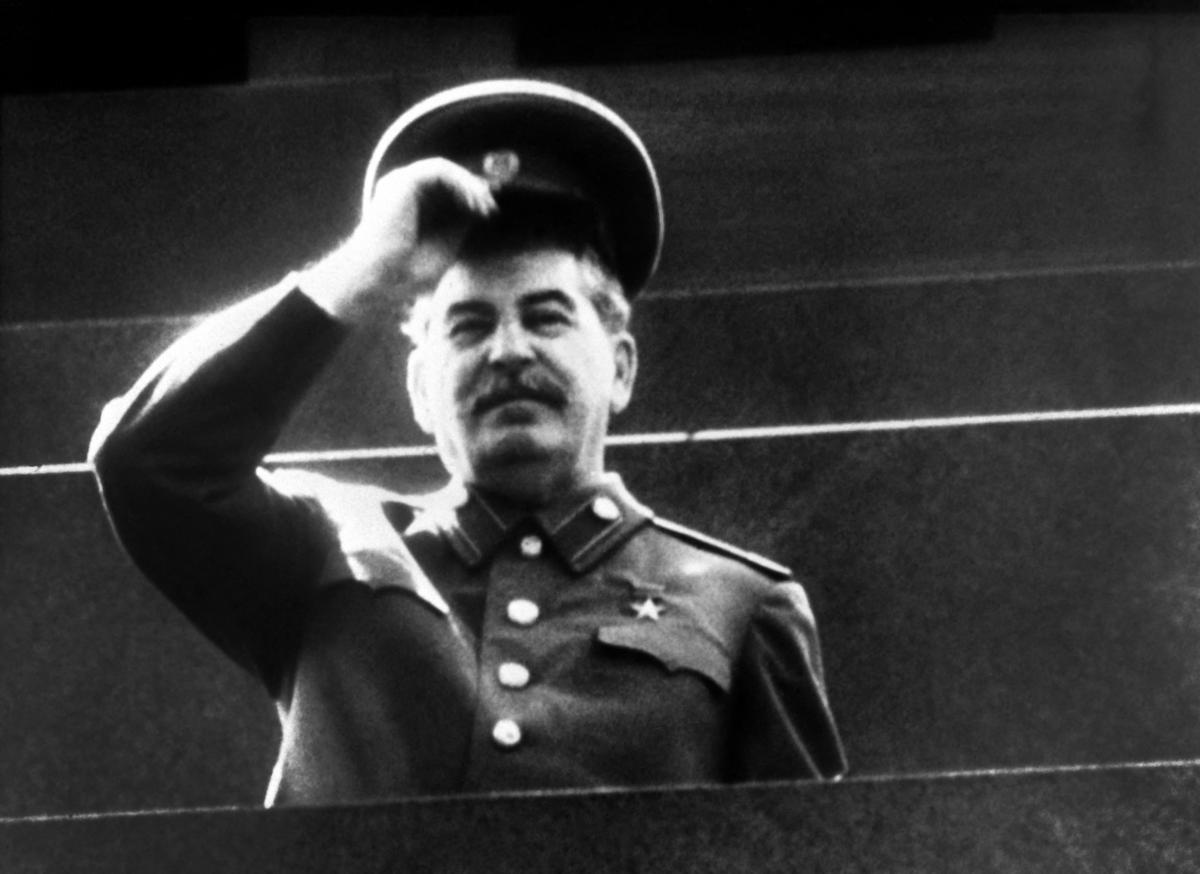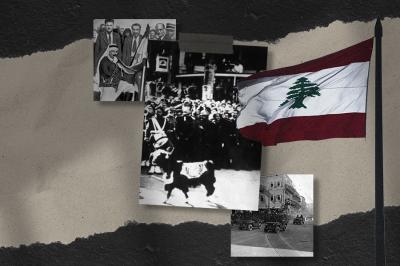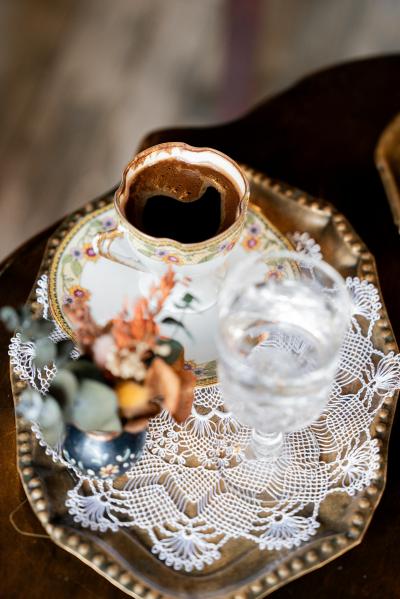In the aftermath of World War II, as Moscow nursed its wounds and showcased its victory over Nazism, one question preoccupied Joseph Stalin: “Why does the world keep talking about New York’s skyscrapers and the Eiffel Tower in Paris, while the capital of communism has only golden domes and modest houses on its skyline?” From that thought was born his ambition to crown Moscow with monumental towers—stone tiaras that would prove to the world the Soviet Union could embody power, modernity, and symbolism all at once.
Known as the “Seven Sisters,” these architectural marvels rose between 1947 and 1953, Gothic fortresses crowned with red stars, visible from every corner of the Russian capital.
Moscow State University: More a city within a building than a campus, this was the largest and most famous of them all. At nearly 240 meters, it became the tallest building in Europe at the time. Its endless corridors stretch for dozens of kilometers, its grand halls resembling a city of their own. Stalin did not want just a university—he wanted a shrine to educate the future generations of communism. Today, it remains the beating heart of Russia’s oldest and most prestigious university.
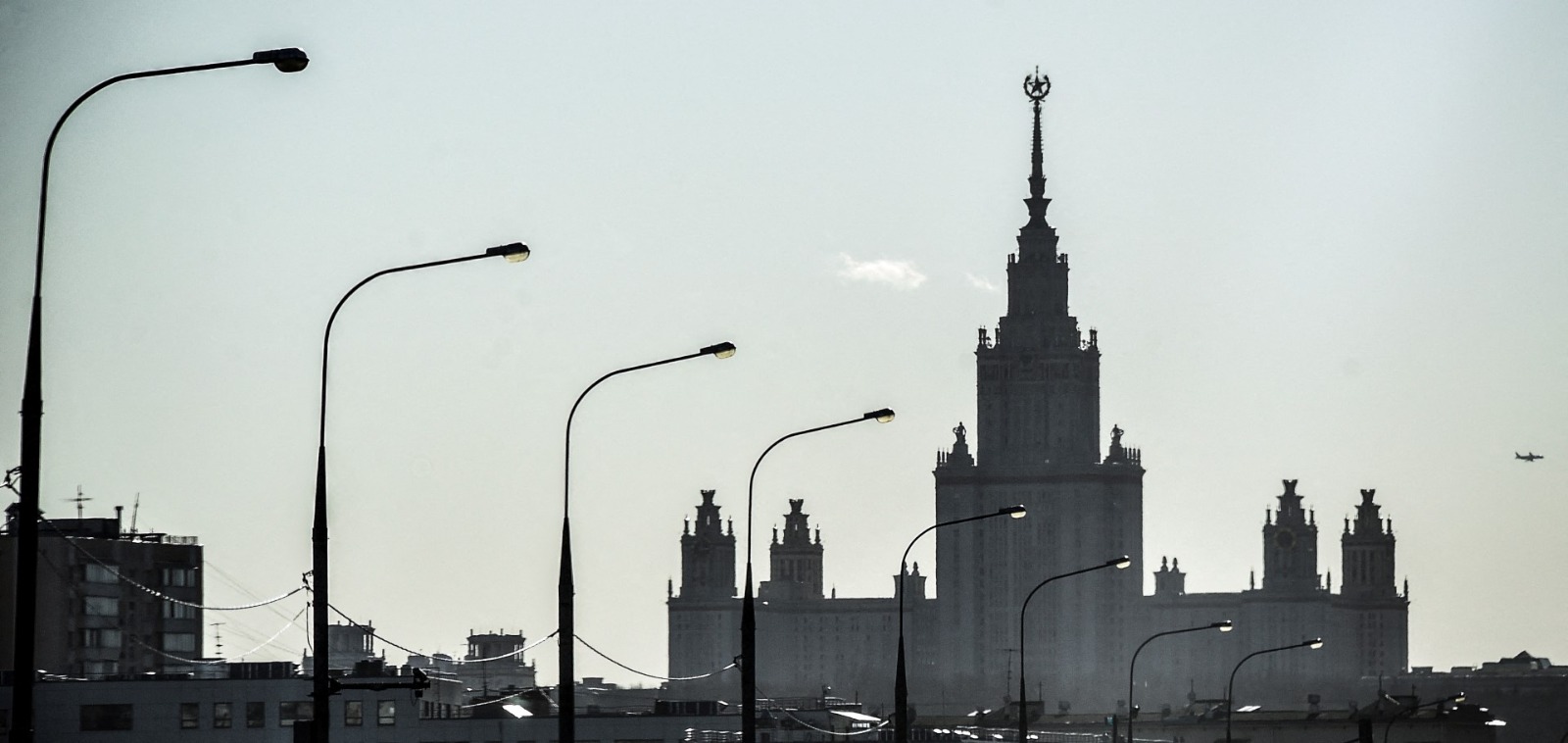
Hotel Ukraina: Luxury on the banks of the Moscow River. When it opened in 1957, it was the largest hotel in the world. Its walls tell Russia’s story through colossal murals, while its suites were designed for leaders and stars. Today it has been reborn as the Radisson Royal Moscow, blending Soviet grandeur with modern luxury.
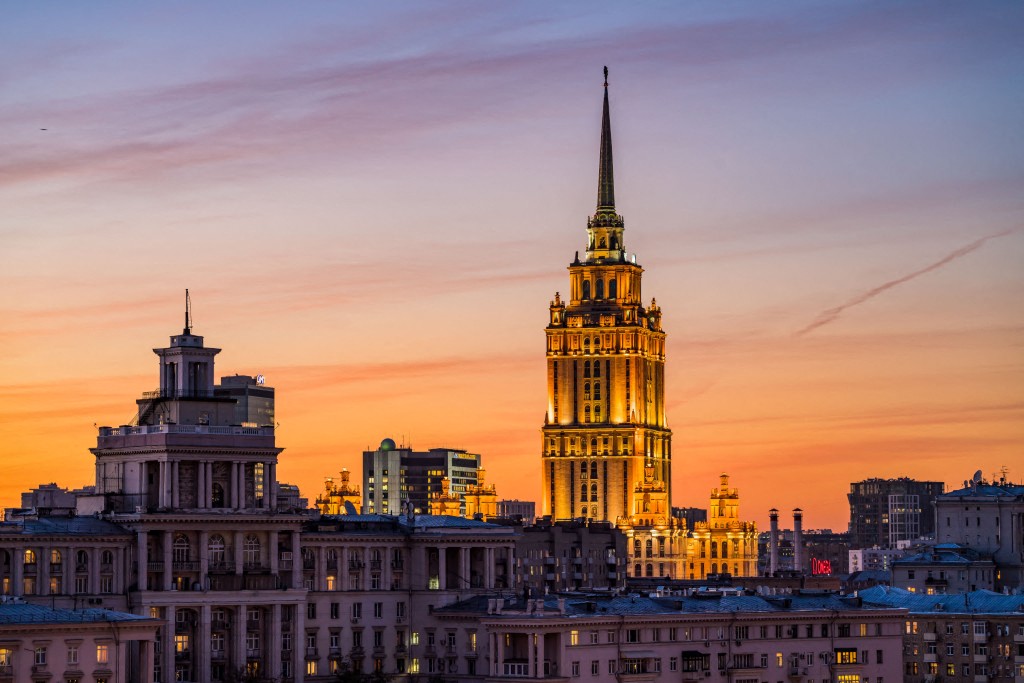
The Russian Foreign Ministry: The iron diplomatic fortress. Its Gothic façade and steel crown were meant to suggest that anyone who entered would emerge hardened like iron. It has remained the center of Russian foreign policy, where negotiations are conducted and diplomatic strategies drawn.
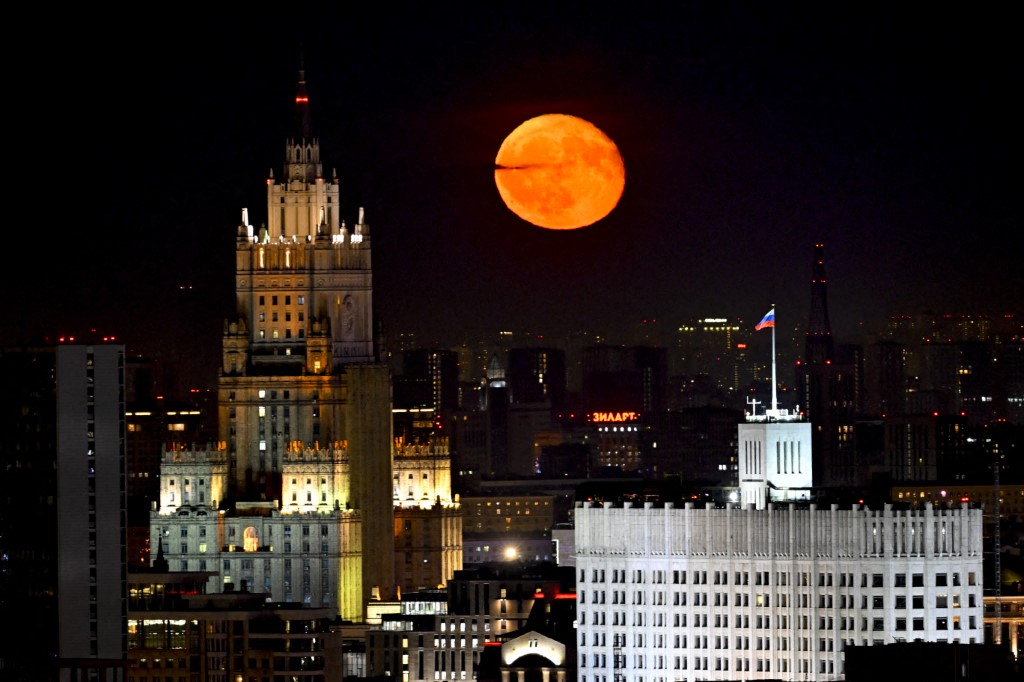
Kotelnicheskaya and Kudrinskaya Residences: Built as luxurious apartments for the Soviet elite—scientists, pilots, engineers in the defense industry. Within these apartments unfolded tales of love and intrigue, political plotting and daily life under Stalin’s heavy shadow. To this day, the towers remain residential, wrapped in legends and standing as monuments of the Soviet era.

Leningrad Hotel: Smaller in scale but rich in symbolism, it was built near the railway stations as the first sight greeting visitors to Moscow. Today, it is part of the Hilton chain, but still carries the spirit of Soviet architecture in its ornate walls and ceilings.
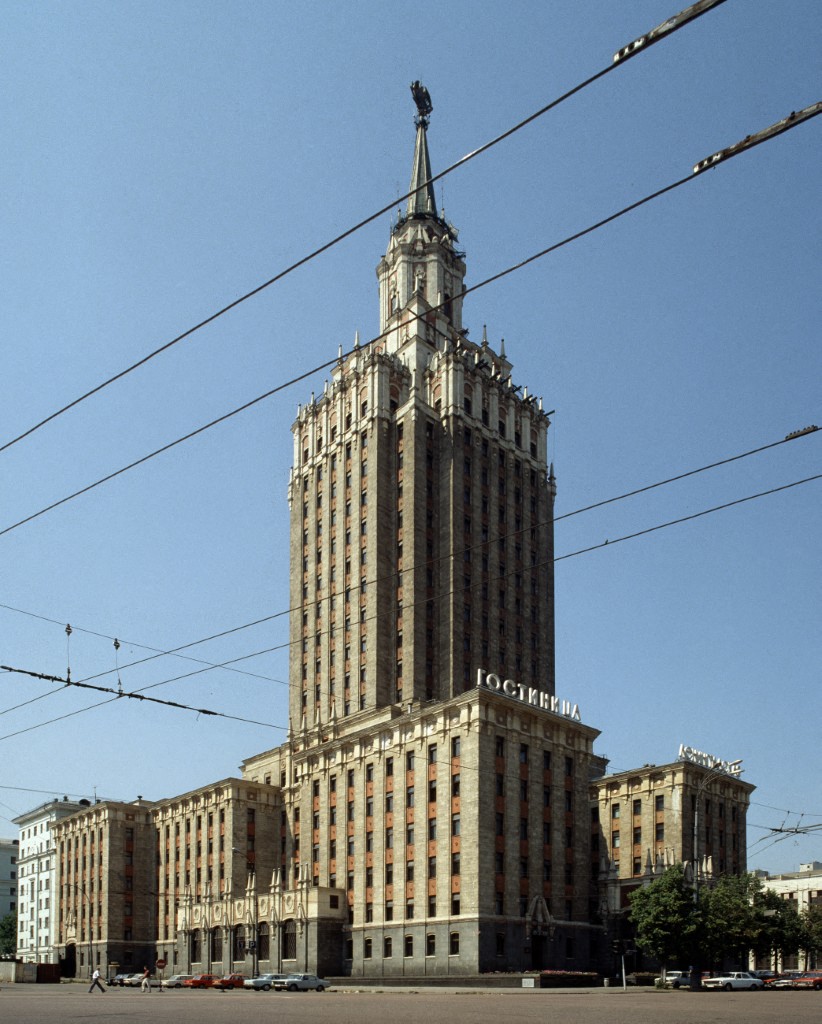
Red Gate Tower: One of the earliest completed, it housed the Soviet Ministry of Transport in a palace-like structure. Later, it became a center for railway companies and administrative offices.

Thus were born the Seven Sisters—Stalin’s proclamation that the Soviet Union could rival, if not surpass, the West. Eighty years later, these towers still define Moscow’s skyline, their spires casting a silhouette recognized the world over.
Please post your comments on:
[email protected]
 Politics
Politics
